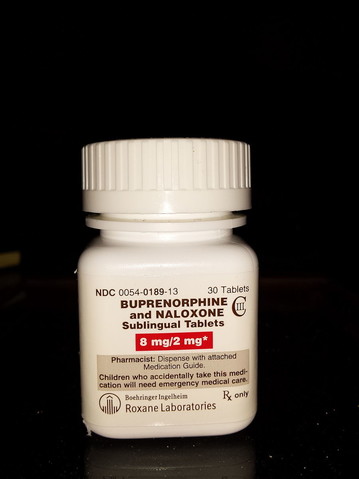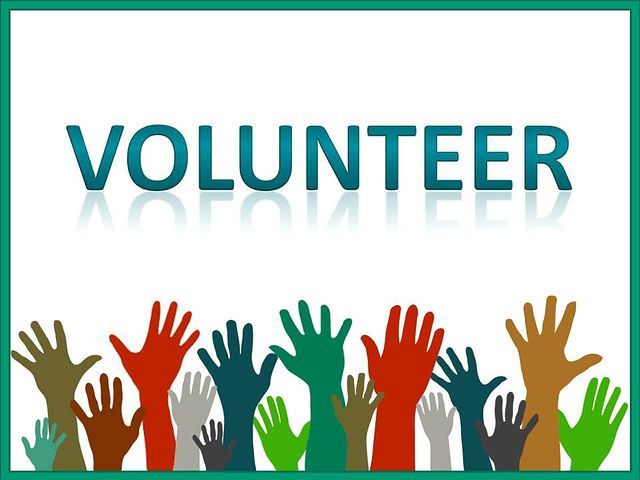 A new study finds patients taking the opioid use disorder treatment buprenorphine prefer the extended-release (ER) version over the immediate-release version. The ER version is given as a weekly or monthly injection, while the immediate-release treatment is taken orally every day, according to a National Institutes of Health news release. The study found the ER injection of buprenorphine produced generally more positive patient-reported outcomes, including overall patient satisfaction, effectiveness and convenience. The researchers did not find any significant differences in illicit opioid use or side effects between the two treatment groups.
Many people who inject drugs (PWID) engage in drug treatment immediately after experiencing a non-fatal overdose. To better tailor interventions which are designed to facilitate drug treatment engagement in rural communities, the authors of a Johns Hopkins study identified supporting factors of starting any form of drug treatment after participants’ most recent overdose among PWID who reside in a rural county in West Virginia. The study found that one-third of participants started any form of drug treatment in the 30 days following their most recent overdoses. Factors associated with engaging in drug treatment included: recent buprenorphine or Suboxone injection, someone calling 911 after their most recent overdose, and older age. Results suggest that contact with emergency personnel after an overdose may represent an important opportunity to link PWID to drug treatment. The implementation of response teams trained in linking PWID to the services they require and helping persons navigate treatment systems may be a valuable intervention to reduce the harms of the opioid overdose crisis.
 |
“Hidden in Plain Sight” (HIPS) is an interactive display designed to help parents of teens recognize unfamiliar hazards that are often in plain sight. By walking through a makeshift child's bedroom, parents learn to identify objects that could provide critical insights about risky behavior. Amid the clutter of clothing scattered on the floor, school supplies on a desk and personal care products on a vanity are some of the 100 items that can actually be signals that a young person could be involved in risky, harmful or even illegal activity. Intersect is looking for volunteers to help us educate the community about risky behaviors of our youth in the community.
|